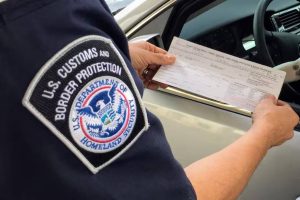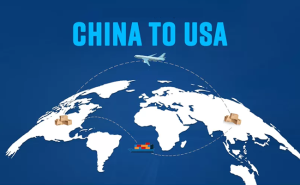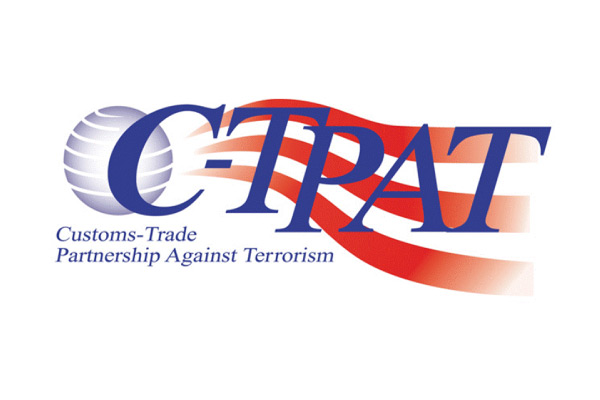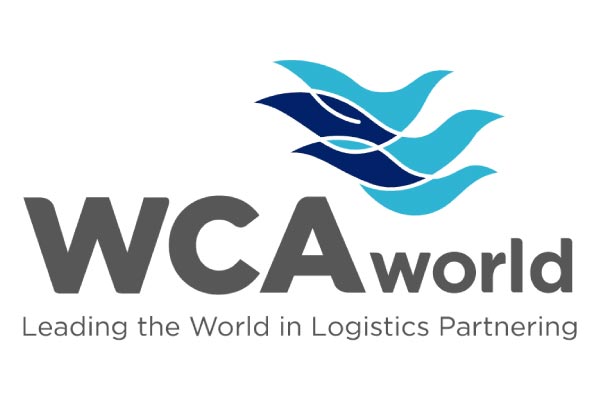As of July 1, 2016, the amendments to chapter VI of the SOLAS Convention impose the mandatory verification of the gross mass of containers, either by weighing the packed container, or by weighing all packages and cargo items, using an approved certified method. by the competent authority of the State in which the packaging of the container has been completed.
Krystal Logistics USA will require delivery of the VGM for any international cargo scheduled to depart the first sea port where it is loaded.
Worldwide, carriers are not allowed to load a packed container for which the VGM has not been provided on time by the shipper.
The transport of dangerous goods requires additional responsibilities, documentation, reports, identification, packaging, marking, signage and training.
Shippers of dangerous cargo are responsible for:
- Determine if your material meets the definition of “hazardous material”
- Proper Shipping Name
- Class/Division
- Identification number
- Hazard warning label
- Packing
- Marked
- Employee training
- Shipping documents
- Emergency response information
- Emergency response phone number
- Certification
- Compatibility
- Blocking and bracing
- Signaling
- Safety tray
- Incident reports
Hazardous materials are divided into nine classes, depending on the nature of the product. Below is a list of hazardous material classes:
- Class 1: Explosives
- Class 2: Gases
- Class 3: Flammable liquids
- Class 4: Flammable solids
- Class 5: Oxidants and organic peroxides
- Class 6: Poisonous (toxic) and infectious materials
- Class 7: Radioactive materials
- Class 8: Corrosives
- Class 9: Miscellaneous Hazardous Materials
It is also important to note that there are products that you may not be aware of that are considered dangerous goods. For example, food shipped with dry ice is technically dangerous cargo. Additionally, certain batteries and household items (aerosol hair spray) may be classified as hazardous goods.
Various organizations regulate the transport of dangerous goods depending on the mode of transport. The International Air Transport Association (IATA) regulates the transport of dangerous air cargo. However, dangerous maritime cargo is regulated by the International Maritime Organization (IMO). The US Department of Transportation regulates the transportation of dangerous goods by truck and rail within the US.
Regardless of the mode of transportation, the initial shipper must complete a Shipper’s Declaration for Dangerous Goods. Click here to see the document. This form must be filled out and sent to the carrier before loading the cargo on a ship, plane, truck or train.
In addition, there are usually special rates associated with the transportation and handling of dangerous cargo. Carriers, terminals, ports, warehouses, inspection sites, insurance companies, and freight may charge additional fees for dangerous goods.
The regulation of dangerous cargo varies depending on the mode of transport. Air transport is the most restrictive mode, since there are certain classes for which it is completely prohibited to travel by air. There are also private classes that can only be transported on cargo flights. Additionally, there are certain ocean carriers and transportation companies that do not handle hazardous cargo.
In accordance with US Customs regulations, all export shipments MUST be reported to the US Census Bureau, using the SEC form in AES, at www.census.gov
To be in compliance with export customs regulations, international shipping companies impose the condition on all US exports: NO PAPERS NO CHARGE. In other words: the required shipping documents, INCLUDING proof of AES filing (ITN #) or AES exemption legend, must be submitted to the international shipping company (International Ocean Carrier: NVOCC – Non-Vessel Operating Carrier – or VOCC – Vessel Operating Carrier) used for an international shipment no later than 72 hours before the ocean freight shipment leaves the US.
Ocean freight shipments without SED (if not exempt) may NOT be released for export, subject to retention and penalties related to failure to provide proper export documentation.
Typical examples of SED filing (in general):
International shipments containing household goods or personal effects not intended for sale, with a total declared value of less than US$2,500.00.
Domestic shipping (for example: to Hawaii). However, SED statements are required for shipments between the US and Puerto Rico, as well as between the US and the US Virgin Islands.
A Shipper’s Export Declaration serves two purposes:
First, it serves as a census record of exports from the United States. The government generates many reports based on these statistics.
Second, since the product’s export license designation appears on the form, the SED serves as a regulatory document.
This form can be completed by your shipper or by your carrier (if power of attorney has been recognized). The SED does not leave the United States and does not travel with the other export documents through banking channels in letter of credit or other transactions.
Instead, the Shipper’s Export Declaration is delivered to the exporting carrier (airline or vessel line) and then filed electronically with the US Customs Service at the port of export.



